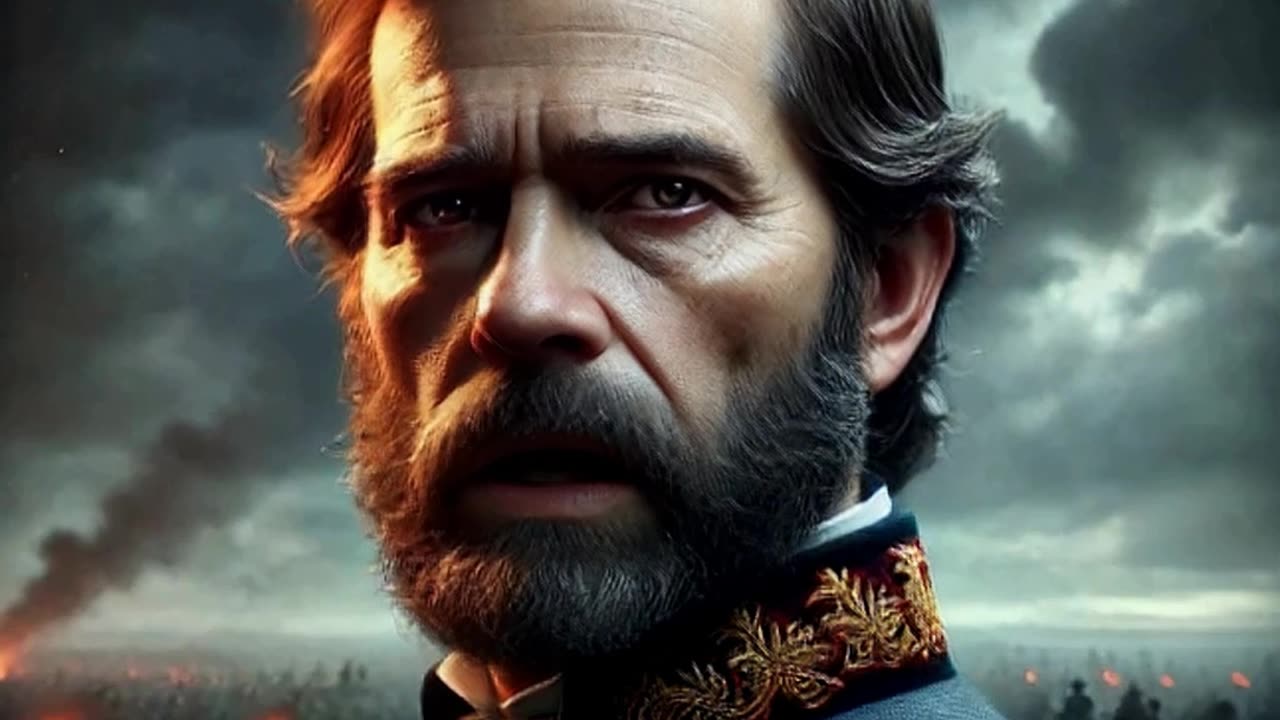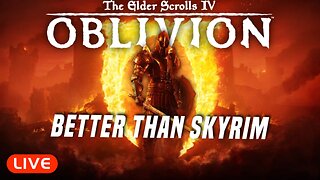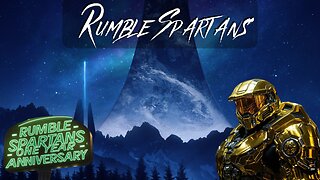Premium Only Content

General Sherman Tells His Story of His Infamous March to Break the South during the Civil War
Presented to you by: http://www.HistoricalConquest.com
Read more on our blog at: https://www.historicalconquest.com/blog
My name is William Tecumseh Sherman, and if you’ve studied the Civil War, you’ve probably heard my name before. I was a Union general, best known for leading the March to the Sea, a campaign that helped bring an end to the war. Some people see me as a brilliant strategist, while others call me ruthless for the destruction I left behind. Either way, my actions changed the course of history. Let me tell you my story.
I was born on February 8, 1820, in Lancaster, Ohio. My father, a respected judge, died when I was just nine years old, leaving my mother to care for eleven children. Fortunately, a family friend, Senator Thomas Ewing, took me in and helped me get a good education. He secured me a spot at the United States Military Academy at West Point, where I graduated in 1840. I wasn’t the best student, but I was good at strategy and leadership—skills that would serve me well later.
After graduating, I served in the Second Seminole War and spent time in California during the Mexican-American War, though I didn’t see much combat. I eventually left the army and tried my hand at business, law, and even running a military academy in Louisiana. But when the Civil War broke out in 1861, I knew where I belonged—back in uniform, fighting for the Union.
At the start of the war, things didn’t go well for me. After an early defeat, I was placed on leave and labeled "insane" by the press because I warned that the war would be long and brutal. Turns out, I was right. But I didn’t let the criticism stop me. President Abraham Lincoln and General Ulysses S. Grant believed in me, and that was enough.
I fought alongside Grant at the Battle of Shiloh, one of the bloodiest battles of the war. We took heavy losses, but we held our ground. From there, I helped capture Vicksburg, gaining control of the Mississippi River and cutting the Confederacy in half. But my most famous campaign came in 1864, when I led my army on a march through Georgia to break the South’s ability to fight.
During my March to the Sea, my troops moved from Atlanta to Savannah, destroying railroads, factories, and supplies along the way. It wasn’t just about winning battles—it was about breaking the South’s will to keep fighting. We didn’t harm civilians, but we made sure the Confederate Army had nothing left to use. Some called it "total war," and it worked. When I reached Savannah, I sent Lincoln a telegram, offering the city as a Christmas gift.
After that, I marched north through the Carolinas, forcing General Robert E. Lee to surrender just months later. My tactics were controversial, but they helped end the war and save lives in the long run.
After the war, I stayed in the military, serving as Commanding General of the U.S. Army and helping to oversee Reconstruction. I later moved to New York, where I spent my final years. I passed away on February 14, 1891, leaving behind a legacy that historians still debate today.
Some remember me as a hero who helped save the Union. Others see me as a destroyer who left the South in ruins. The truth is, war is brutal, and my goal was always to end it as quickly as possible. If there’s one lesson I want you to take from my story, it’s this: sometimes, the hardest choices lead to the greatest victories. Thank you for listening.
Visit us at: https://www.historicalconquest.com/marketplace
#historicalconquest #history #historical #SecondIndependence #abolition #Freedom #Slavery #Liberty #Independence #Justice #Freedom #colonialera #colonialamerica #constitution #usconstitution #unitedstates #unitedstatesofamerica #texas #texashistory #texasindependenceday #texasrevolution #wildwest #slavery #civilwar #war
-
 1:00
1:00
The Historical Conquest Channel
2 days agoLepidus Tells About his Part in the Roman Second Triumvirate and his Betrayl By His Friends
141 -
 3:13:59
3:13:59
SilverFox
5 hours ago🔴LIVE - OBLIVION IS BETTER THAN SKYRIM NOW
31.5K1 -
 DVR
DVR
SpartakusLIVE
9 hours agoDuos w/ StevieT || Trios or Quads Later?!
27K1 -
 7:19:12
7:19:12
OhHiMark1776
9 hours ago🟢04-27-25 ||||| Halo Multiplayer Rumble: No. 13 ||||| Halo MCC (2019)
82.7K -
 2:12:28
2:12:28
TheSaltyCracker
7 hours agoThey Killed Her ReeEEEe Stream 04-27-25
152K301 -
 2:33:51
2:33:51
vivafrei
17 hours agoEp. 261: Criminal Judges ARRESTED! Election in Canada! Santos Sentenced! RFK Jr. & Autism & MORE!
192K129 -
 6:24:31
6:24:31
Amish Zaku
10 hours agoRumble Spartans "The One Year" Event
48.7K1 -
 7:28:41
7:28:41
Illyes Jr Gaming
8 hours agoLaid Back Sunday Night Warzone Stream!
20.8K -
 1:51:18
1:51:18
Nerdrotic
9 hours ago $7.28 earnedDiscoveries From Graham Hancock's "Fight for the Past" | Forbidden Frontier 099
50.2K12 -
 1:09:42
1:09:42
Sarah Westall
8 hours agoHidden Tech Resembles Star Trek: Malaysian Airline, Portals & Wormholes w/ Ashton Forbes
57.9K26